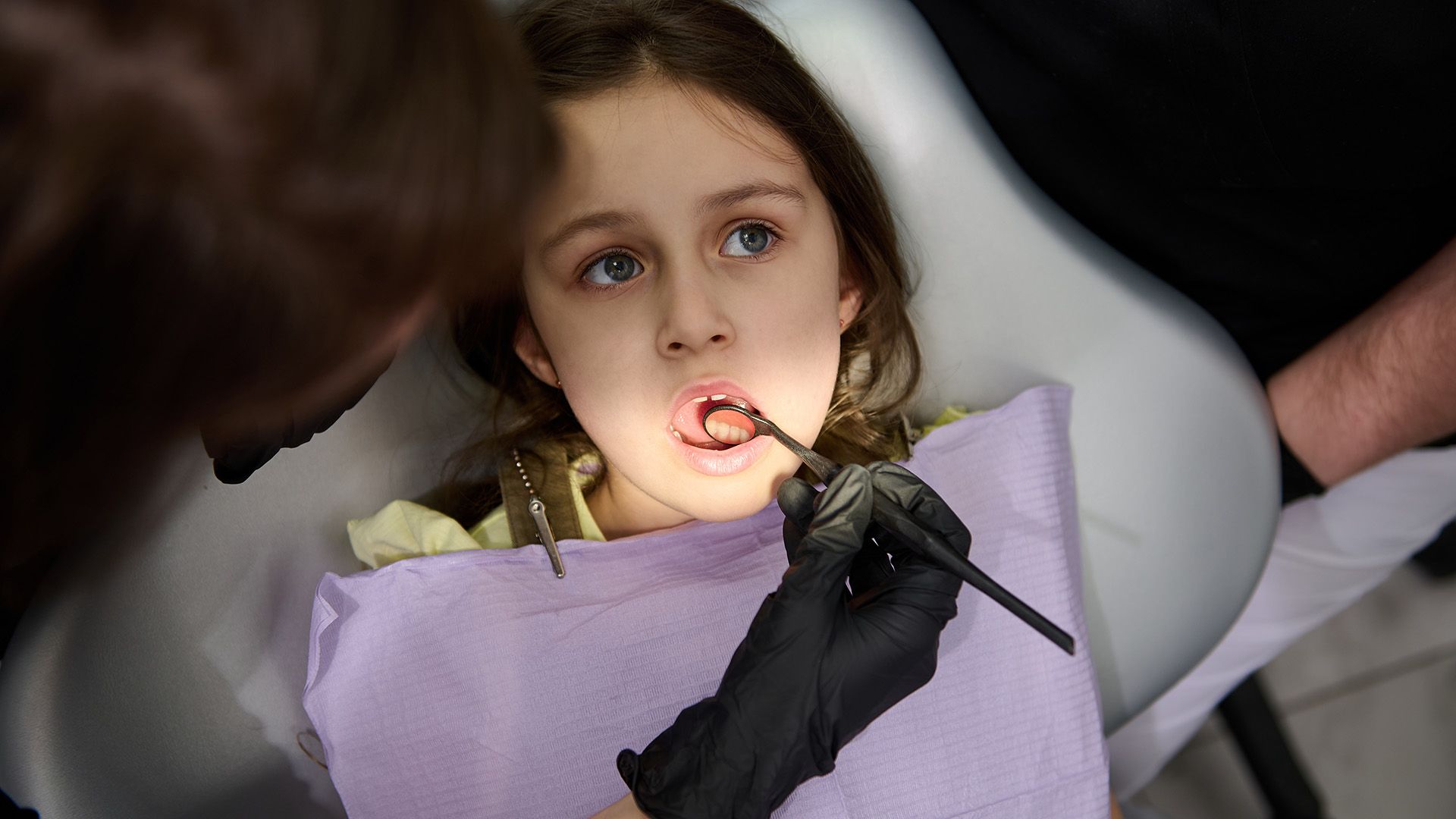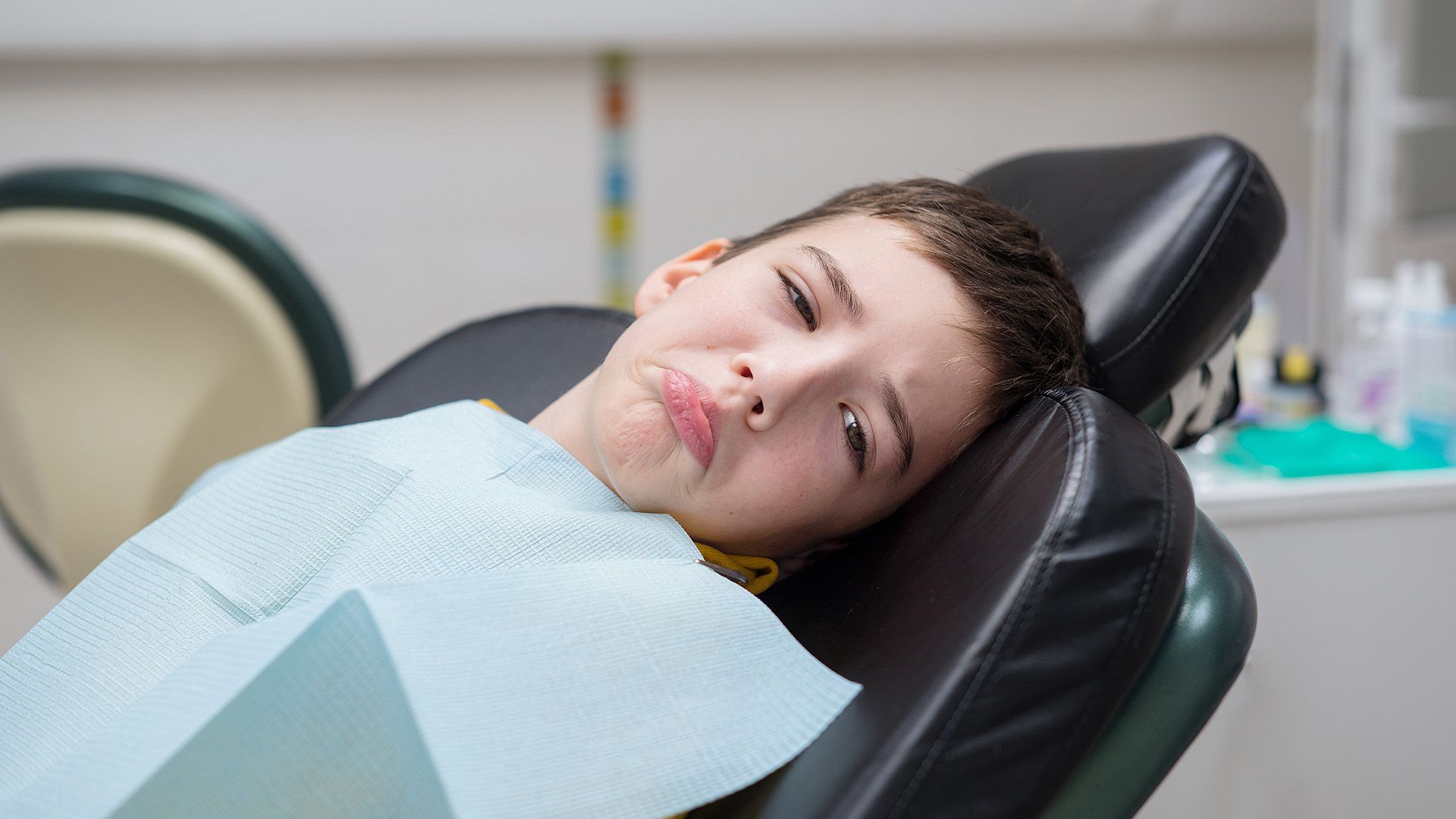How Many Times a Day Should Children Floss?
Parents often wonder how many times a day children should floss to protect their smiles. Brushing cleans the surfaces of teeth, but flossing reaches the tight spaces where plaque accumulates and early cavities and gum irritation begin. Following clear flossing guidelines helps families create reliable routines. We recommend making flossing a simple, daily habit tailored to a child’s age, coordination, and treatment needs. A consistent routine supports long-term oral health, fresher breath, and confidence, especially for kids in orthodontic care. If you’re unsure how many times a day children should floss, the general rule is once daily, applied thoroughly with proper technique.

Why Flossing Matters for Kids
Flossing is essential because toothbrush bristles cannot reach between teeth or just below the gumline. When plaque and food particles remain in these areas, particularly when flossing tight teeth is needed in back teeth with tight contacts, the risk of decay and inflammation increases.
Prevent cavities and gum disease: Daily flossing removes plaque between teeth, reducing interproximal (between-tooth) decay and the likelihood of early gum problems like gingivitis. Practical tips for flossing can help children clean these areas effectively and comfortably.
Build lifelong hygiene habits: Establishing a consistent flossing routine teaches children accountability for their oral health and helps them maintain cleaner, healthier mouths as they grow. Clear flossing guidelines make it easier for families to stick to the plan.
Support overall dental health: Clean interdental spaces complement brushing and fluoride, leading to healthier gums and fresher breath. For children with braces or other appliances, flossing around brackets and wires is crucial to prevent white-spot lesions, protect enamel, and keep orthodontic treatment on schedule. Child-friendly tips for flossing, including how to manage flossing tight teeth around appliances, help kids clean effectively even with complex orthodontic devices.
How Often Should Children Floss?
For most children, once per day is the ideal flossing frequency. Night-time works best because it clears away plaque and food debris before sleep, when saliva flow decreases. More important than flossing multiple times is doing it thoroughly and consistently, a careful daily clean beats occasional, rushed attempts. When considering how many times a day children should floss, prioritize a complete, nightly clean guided by simple flossing guidelines.
What can influence frequency: A child’s age and dexterity may affect how much help they need; younger children benefit from parental assistance. Diet matters too, sticky or sugary foods can increase plaque buildup and may require extra attention. Dental factors like crowded teeth, tight contacts, or orthodontic appliances demand careful technique. During orthodontic treatment, some families add a quick interdental clean after meals if food tends to lodge around wires or in tight spots, especially when flossing tight teeth proves challenging.
Recommendations by age: Preschoolers with touching teeth should have a parent floss for them once daily. School-age children can floss independently once daily, with parents performing occasional spot checks for technique. Teens, especially those in braces, should floss at least once daily and use orthodontic aids to reach under wires and around brackets. Practical tips for flossing and age-appropriate flossing guidelines can be tailored to a child’s smile, diet, and treatment plan.
Flossing Techniques for Kids
Step-by-step guide:
- Wash hands.
- Use about 18 inches of floss, wrapping most around one middle finger and a small portion around the other.
- Slide the floss gently between teeth without snapping.
- Curve it into a C-shape against one tooth and move up and down to clean the side.
- Repeat on the neighboring tooth.
- Advance to a fresh section of floss for each space. For braces, thread floss under the wire with a floss threader, then clean each side carefully around brackets. These tips for flossing improve comfort and effectiveness and are especially helpful when flossing tight teeth.
Floss options for children: Waxed floss glides more easily through tight contacts and can be gentler on sensitive gums. Soft, shred-resistant floss helps prevent irritation. Pre-threaded flossers and floss picks are useful for beginners and busy families. Orthodontic-specific floss and floss threaders simplify cleaning under wires for children in braces. Choosing the right tools is part of practical flossing guidelines that make daily care more manageable.
Make flossing engaging: Let children choose flavored floss, use a mirror to “find the hidden plaque,” and play a two-minute song at bedtime to set the routine. Track streaks with a simple chart and small rewards to reinforce consistency. Periodic technique refreshers and encouragement can keep motivation high. With age-appropriate tools and support, daily flossing becomes quick, comfortable, and effective, reinforcing the answer to how many times a day should children floss once, with careful technique and consistent follow-through.
When to Seek Professional Guidance
If your child struggles with flossing technique, has discomfort or bleeding gums, or is starting orthodontic treatment, professional coaching can make a big difference. A clinician can recommend the right tools, demonstrate child-friendly methods, and adjust routines for braces, expanders, or retainers. Clear tips for flossing and flossing guidelines help you create a reliable once-daily habit and advise on extra interdental cleaning when needed, including strategies for flossing tight teeth.
Have questions about how many times a day should children floss or how to adapt flossing during orthodontic care? Seek personalized recommendations tailored to your child’s unique smile, focusing on consistent daily care guided by practical flossing guidelines.









